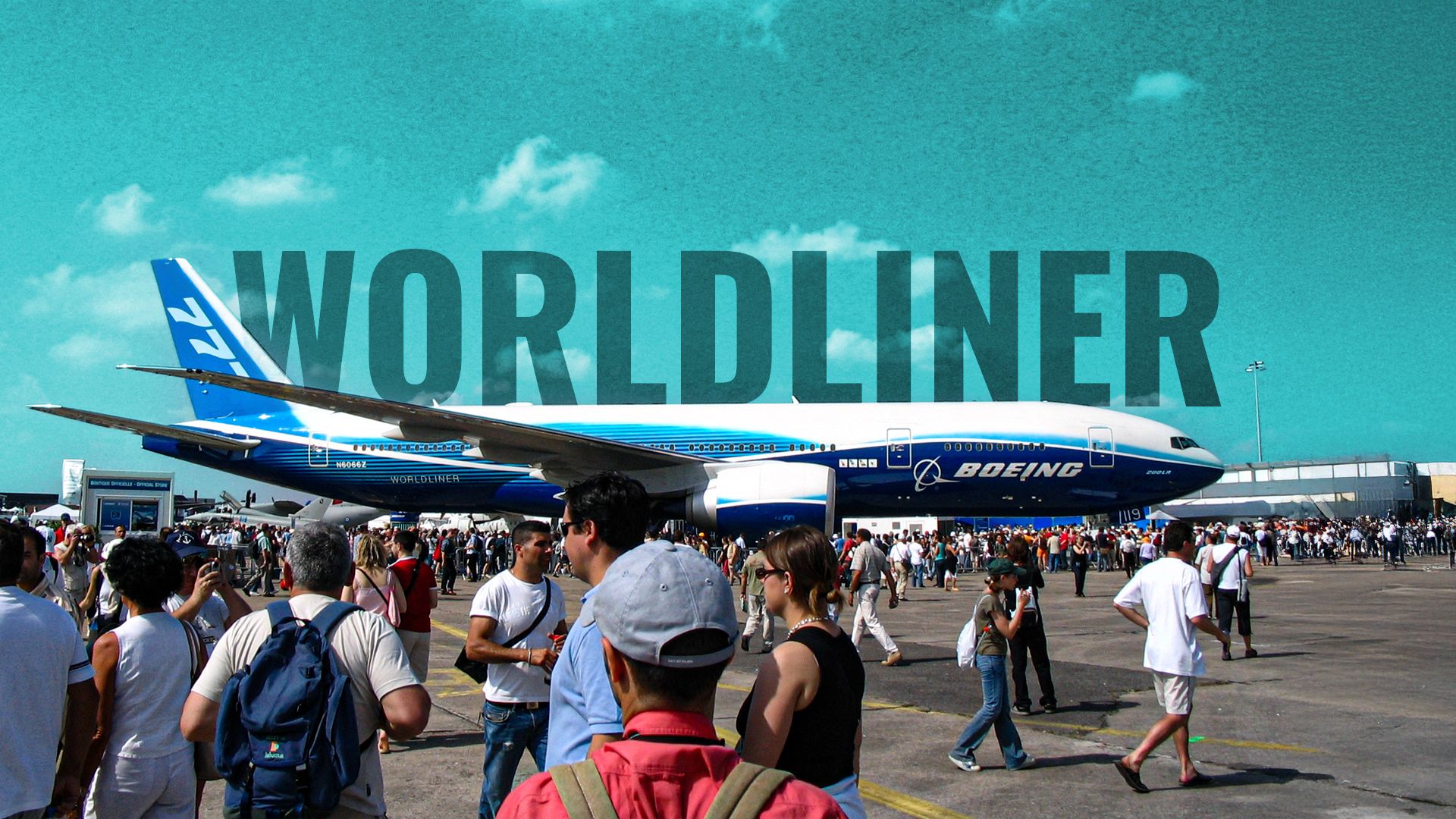On November 10, 2005, a historic flight took place as a Boeing 777-200LR landed at London Heathrow Airport after a remarkable journey of over 11,664 nautical miles (21,601 kilometers) without refueling. The aircraft, designated N6066Z, departed from Hong Kong International Airport on November 9, completing its flight in an impressive 22 hours and 42 minutes. This achievement was officially recognized by the Guinness Book of World Records, setting a new standard for non-stop flights.
Captain Suzanna Darcy-Henneman, Boeing’s lead test pilot for the 777, piloted the record-setting flight. Notably, she was the first female production test pilot in the company’s history. The aircraft, referred to as the “Worldliner,” was equipped with two General Electric GE90-115B engines, which were the most powerful commercial turbofan engines available at the time.
Boeing’s 777-200LR took a route that traversed the Pacific Ocean, crossing the International Date Line before reaching North America and continuing over the Atlantic Ocean to London. Lars Andersen, vice president and program manager for the 777 Program at Boeing Commercial Airplanes, remarked in a company press release that “the 777 has been a leader in its market ever since it first went into service.” He emphasized the aircraft’s capability to connect passengers with nonstop routes to distant destinations.
The performance statistics of the 777-200LR are noteworthy. The aircraft averaged speeds of 981 kilometers per hour (609 miles per hour) from Los Angeles to New York and 910 kilometers per hour (565 miles per hour) from New York to London. This flight broke previous records, surpassing the distance set by a Boeing 747-400 in 1989, which flew 9,200 nautical miles (17,039 kilometers) from London to Sydney.
Design and Specifications
The Boeing 777-200LR was designed to accommodate 301 passengers in a two-class configuration and boasted a normal service range of 9,420 nautical miles (17,445 kilometers). Despite its advanced capabilities, only 61 units were produced due to the specific market demands for ultra-long-haul travel. The aircraft’s design focused on maximizing fuel capacity, which meant that it had a lower payload capacity compared to other models. This design choice impacted its economic viability on certain routes.
For its operational needs, the 777-200LR featured three additional fuel tanks in the cargo area. The aircraft’s dimensions include a length of 63.7 meters (209 feet 1 inch), a wingspan of 64.8 meters (212 feet 7 inches), and a height of 18.6 meters (61 feet 1 inch). Its powerful engines contributed to its remarkable range and performance.
The aircraft has transitioned successfully into the freight market, with many passenger versions being converted for cargo use. The 777-200LR airframe serves as a foundation for the Boeing 777 Freighter, which combines the fuselage length of the -200LR with the larger gross weight and wings of the -300ER variant.
Legacy and Future Developments
The Boeing 777 family has played a crucial role in the evolution of long-range air travel, leading the shift from traditional four-engine aircraft to more efficient twin-engine models. The 777-200LR was among the first to achieve ETOPS-180 certification, allowing it to operate on routes that were previously restricted to larger aircraft.
The innovations introduced with the 777 have paved the way for future models, such as the 777X and the 787 Dreamliner. The use of Computer-Aided Design (CAD) software for the 777’s development set new standards in commercial aviation design, emphasizing efficiency and precision.
Today, the 777-200LR remains a rare sight in the skies, with only a few airlines maintaining it in their fleets. Operators include Air Canada, Air India, and Qatar Airways, among others. These airlines have found the aircraft’s long-range capabilities invaluable for serving high-demand international routes.
The farthest scheduled flight for the 777-200LR is operated by Air India, connecting Bengaluru to San Francisco at 8,691 nautical miles. Other significant routes include Air Canada’s Vancouver to Sydney and Qatar Airways’ Doha to São Paulo flights, which extend beyond 7,000 nautical miles.
As the aviation industry continues to evolve, the Boeing 777-200LR’s groundbreaking achievements will be remembered as a significant chapter in the history of air travel, demonstrating the potential of twin-engine aircraft on ultra-long-haul routes.







